Public debt by the end of this year is about 4 million billion VND, equivalent to 39-40% of GDP, according to the Government.
On the afternoon of October 23, Minister of Finance Ho Duc Phoc, authorized by the Prime Minister, presented a mid-term assessment report on the implementation of the national financial plan and borrowing and repayment of public debt for the 5-year period 2021-2025.
According to Minister Ho Duc Phoc, the Government borrowed nearly 1.32 million billion VND in 3 years (2021-2023), reaching nearly 43% of the plan. Of which, the central budget borrowed approximately 1.28 million billion VND. The source of loans is mainly domestic, through the issuance of long-term government bonds (average 12.6-13.92 years), with preferential interest rates.
The Government said that public debt mobilization and repayment, public debt safety indicators, borrowing limits, government guarantees, and local government borrowing all met the set targets.
Specifically, public debt by the end of this year is about 4 million billion VND, equivalent to 39-40% of GDP in 2022. In absolute terms, this level is about 400,000 billion VND higher than public debt in 2021 (GDP scale in 2021 is about 8.47 million billion), but 2.7-3.7% lower if calculated in terms of debt/GDP ratio.
Vietnam's public debt and foreign debt index 2018-2023
| Debt ratio (%) | 2018 | 2019 | 2020 | 2021 | 2022 | Year 2023 (*) |
| Public debt/GDP | 53.3 | 55 | 55.9 | 42.7 | 37.4 | 39-40 |
| Government Debt/GDP | 58.3 | 55 | 55.9 | 42.7 | 38 | 36-37 |
| National external debt/GDP | 46 | 47.1 | 47.9 | 38.4 | 36.1 | 37-38 |
| Foreign debt obligations/Import and export | 7 | 5.9 | 5.7 | 6.2 | 6.9 | 7-8 |
| Debt Service/Budget Revenue | 17.1 | 17.4 | 21.2 | 21.5 | 15.7 | 20-21 |
(*) Estimated implementation 2023
The government said that public debt management is difficult when the domestic bond market is underdeveloped, borrowing conditions are stricter, while borrowing pressure is high. Mobilizing ODA and foreign preferential capital is also difficult, and disbursement is lower than estimated.
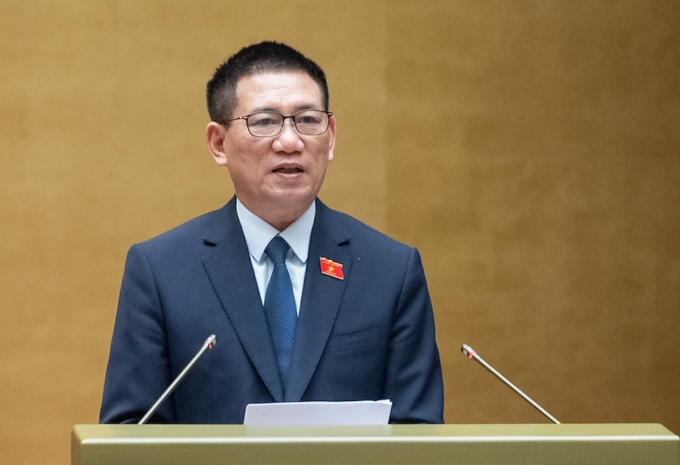
Minister of Finance Ho Duc Phoc reports to the National Assembly on the afternoon of October 23. Photo: Hoang Phong
This year, the Government borrowed more than VND604,300 billion (equal to 94% of the plan). Of this, about VND589,000 billion was borrowed to repay the principal debt of the central budget. The auditing agency commented that this ratio tends to increase in 2024 (about 42%), showing a trend of having to increase borrowing to repay the principal debt.
The expected loan amount in 2024 is over VND676,000 billion, of which nearly 55% is borrowed to cover the central budget deficit (VND372,900 billion). The loan to repay the central budget's principal is VND287,034 billion and the loan for re-lending is VND16,123 billion.
With this level of borrowing and debt repayment, the Finance and Budget Committee, when examining the forecast, forecasts public debt in 2024 to be about 39-40% of GDP if GDP growth is positive.
However, the auditing agency noted that the absolute number and the ratio of loans to repay principal have tended to increase. The Government's direct debt repayment obligation compared to the State budget revenue next year is about 24-25%, approaching the ceiling according to the National Assembly's Resolution.
"The Government needs to allocate increased revenue to increase principal repayment, strictly manage the mobilization and use of loans to cover budget deficits and repay principal. Government bonds issued are linked to the budget's ability to disburse and repay principal," the Finance and Budget Committee suggested.
Regarding the 5-year budget plan, Finance Minister Ho Duc Phoc said that the total budget revenue for the 5 years (2021-2025) is expected to be over 8.4 million billion VND, the budget revenue mobilization rate is 16.4% of GDP; mobilization from taxes and fees is 13.4% of GDP. The 5-year budget expenditure is about 10.14 million billion VND. The 5-year budget deficit is about 3.7% of GDP.
Examining this content, the Finance and Budget Committee believes that mobilizing ODA and foreign preferential loans is increasingly difficult. As a low-middle income country, Vietnam now has to access loans close to market conditions, and donors also offer loans with less favorable financial conditions than before, with interest rates mainly floating.
The Committee recommends that the Government carefully assess the tendency of borrowing to repay principal debt; the ratio of direct debt repayment obligations of the Government, budget revenue in 2024 will increase quite significantly and mobilize capital from government bonds every year while the budget surplus is large, the surplus of salary reform sources cannot be used.
The appraisal agency also requested the Government to direct ministries, branches and localities to assess the reasonableness of capital mobilization plans; responsibilities for mobilizing and allocating ODA capital and propose solutions to thoroughly resolve long-standing problems, ensuring effective use of loans.
Source link


![[Photo] Unique folk games at Chuong Village Festival](https://vstatic.vietnam.vn/vietnam/resource/IMAGE/2025/4/10/cff805a06fdd443b9474c017f98075a4)

![[Photo] April Festival in Can Tho City](https://vstatic.vietnam.vn/vietnam/resource/IMAGE/2025/4/10/bf5ae82870e648fabfbcc93a25b481ea)
![[Photo] Opening of the 11th Conference of the 13th Party Central Committee](https://vstatic.vietnam.vn/vietnam/resource/IMAGE/2025/4/10/f9e717b67de343d7b687cb419c0829a2)








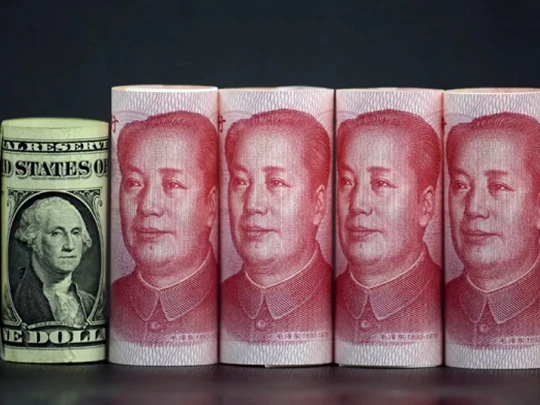



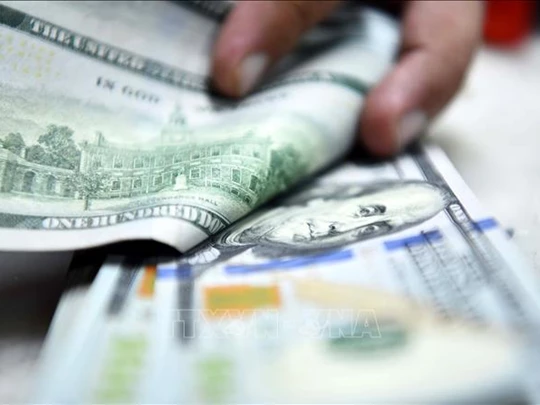


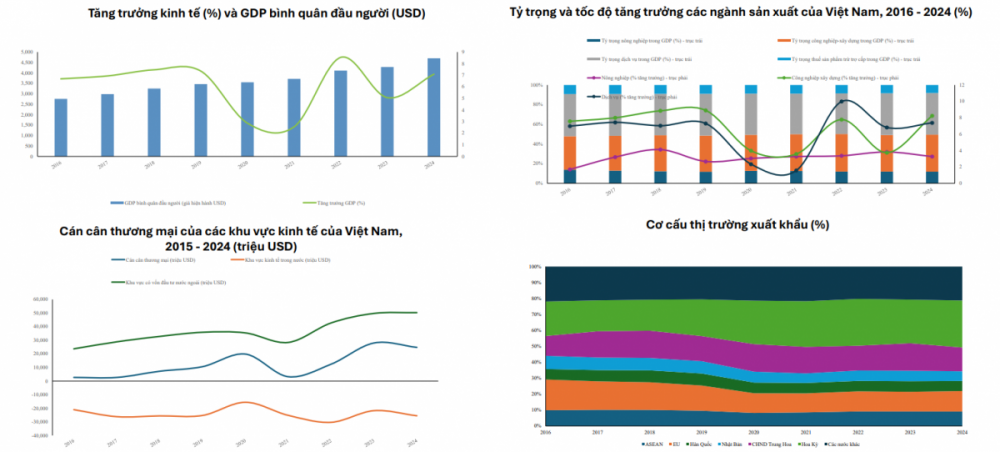

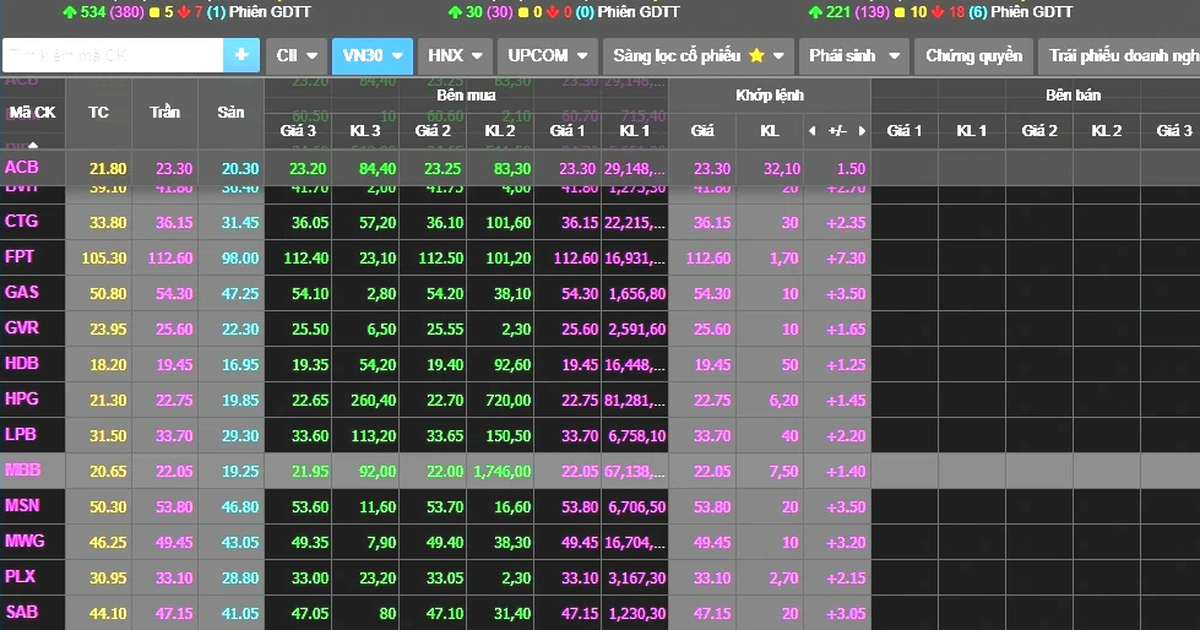
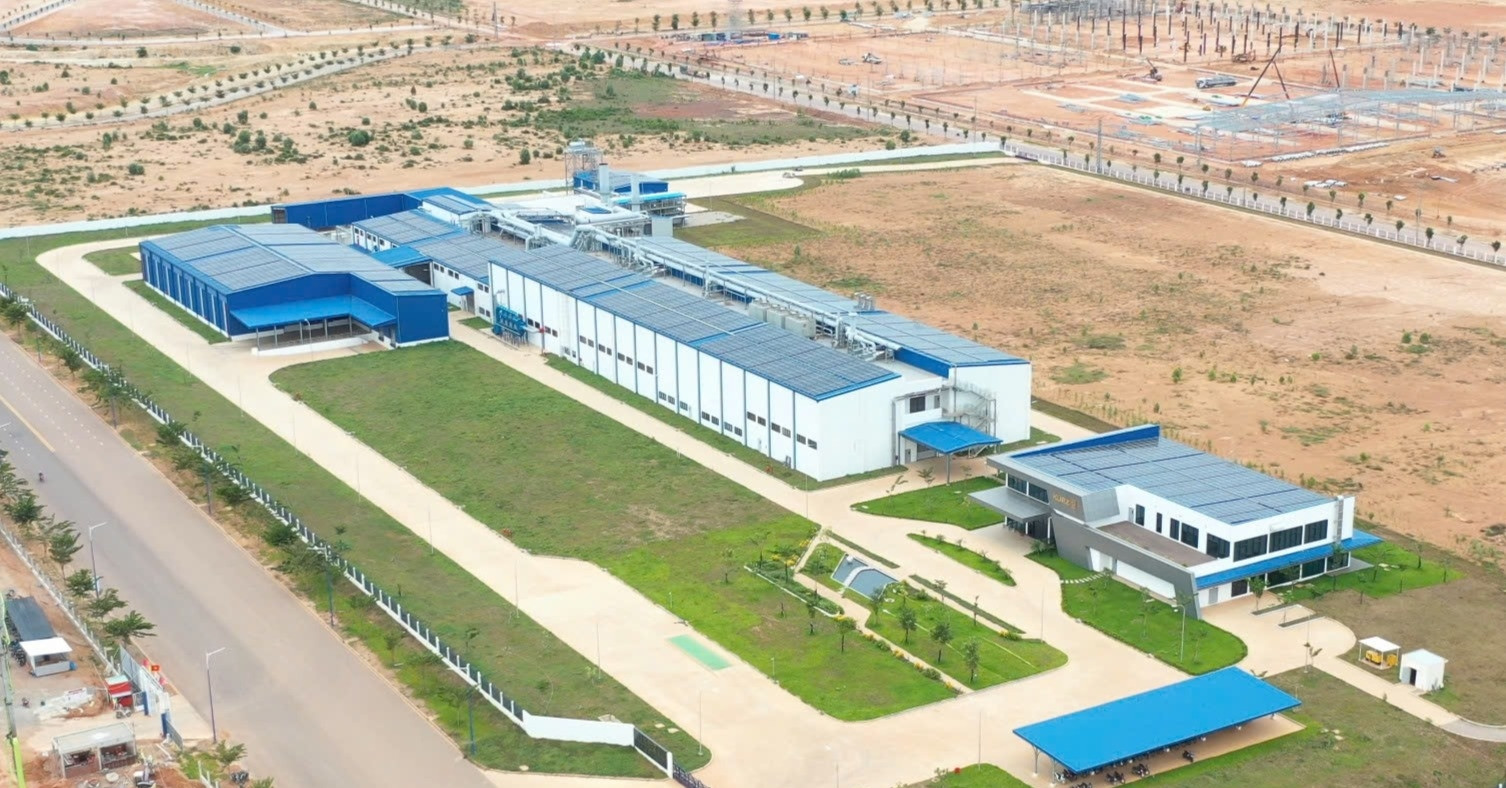









![[Photo] Prime Minister Pham Minh Chinh commends forces supporting Myanmar in overcoming earthquake consequences](https://vstatic.vietnam.vn/vietnam/resource/IMAGE/2025/4/10/e844656d18bd433f913182fbc2f35ec2)







































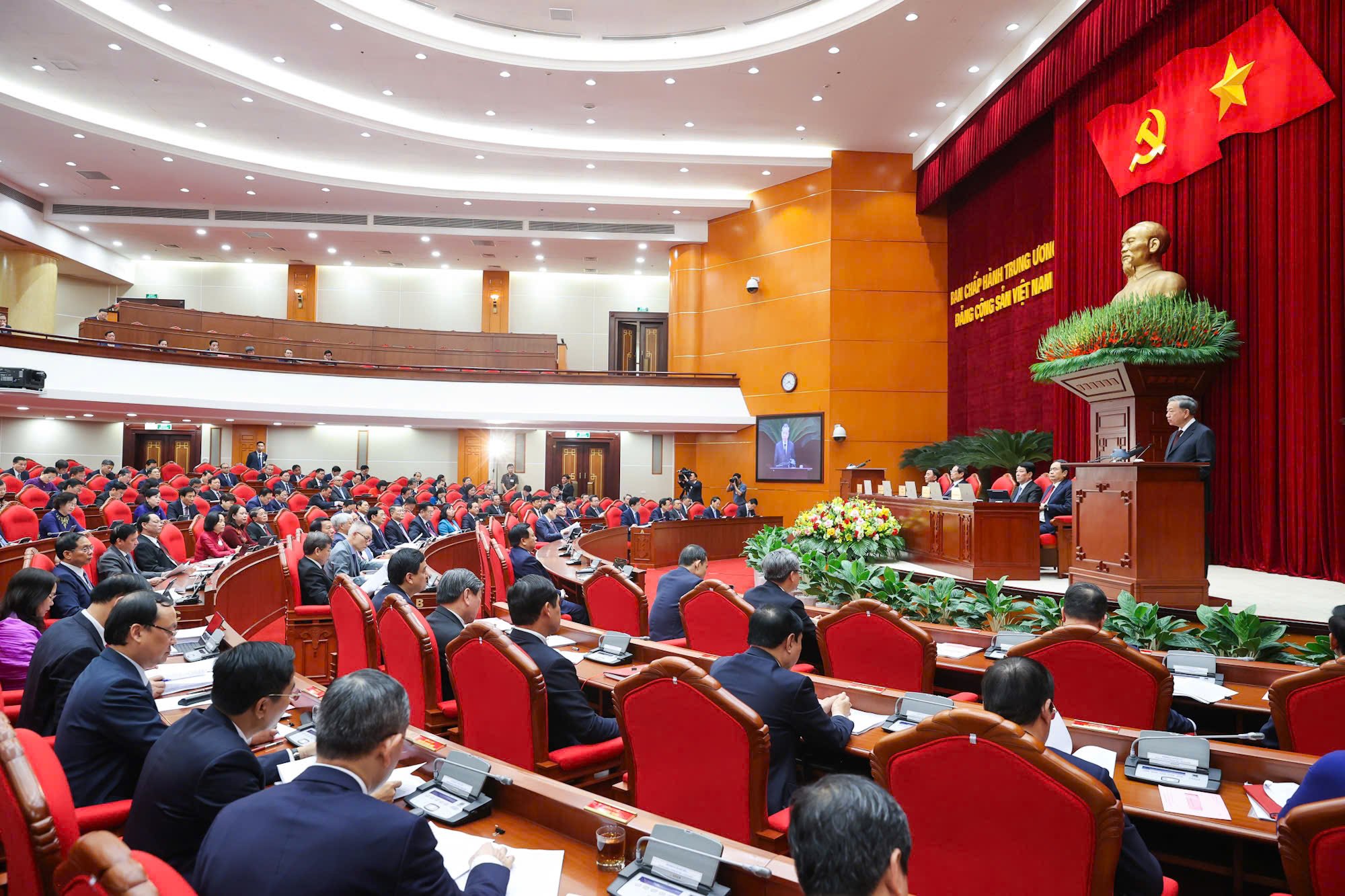























Comment (0)